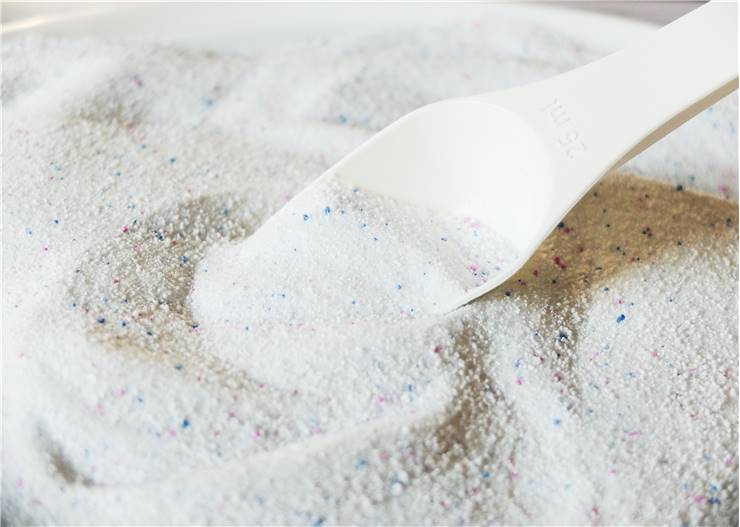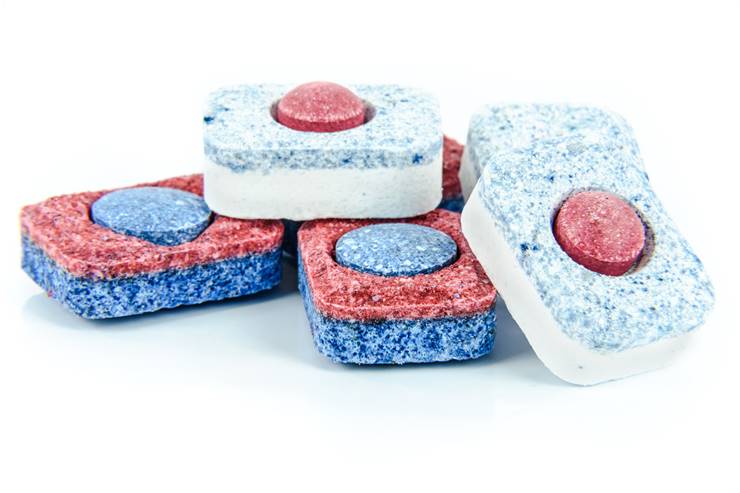Detergent History - From Ancient Soaps to Modern Detergents
Throughout the history of our civilization, the need for efficient washing of skin and clothes pushed many inventors and scientist to create many types of substances that facilitated that need. Because modern detergents found their footing only after the rise of technology and chemistry of 20th century, our ancestors focused their attention on production of various soaps.
The first archeological proof of existence of soap was found in ancient Babylon, over 4800 years ago. However the inscription found at the pots that were intended for boiling of animal fat with ash did not provide references of soap usage. Ancient Egypt provided many evidences of soap's widespread usage - from exclusive baths, to providing medicinal care for the skin and tool for more efficient washing of clothes.

Biblical records from that time also talk about personal hygiene and use of soap and oil products. Roman Empire brought the use of soaps, oils and ash mixed gels to the height of popularity. During that time both public and nobility used cleaning product regularly, and many legends surrounded soup (which was by legend first discovered at Mount Sapo, where fat from sacrificed animals traveled down and was collected into pools of soap). After the fall of Roman Empire in 5th century AD, the tradition of washing disappeared from Europe, which brought the 1000 years of uncleanliness, poor hygiene and several waves of deadly plagues (most notably Black Death in 14th century). After 17th century, public hygiene and cleanliness returned to Europe which brought the need for creation of many new cleaning products.
One of the first instances of industrially made cleaning detergent happened during First World War, when Germany economy was strained and left without easy access to soap. In 1930s, commercially available routes for creating fatty alcohols brought the rise of several detergent brands intended for industrial use (German BASF, DEFT and Procter and Gamble from United States with their famous "Tide" brand). After the end of Second World War many American war effort factories were converted for civilian use, and one of the most widely available products was tetra propylene, which was used in creation of home detergents.
By 1950s, soap was almost completely displaced as a means of cleaning clothes in developed countries. One of the most popular detergents of that time were alkylbenzenesulfonates, but its inability to be biodegradable forced the manufactures to create Linear alkylbenzenesulfonates, which were much more degradable. Since then industry of detergents started to grow exponentially, introducing many new ways of washing and reaching all four corners of the world.
Here are some of the most notable detergent related inventions in the last 60 years:
1950s - Creation of automatic dishwasher powders, fabric softeners
1960s - Prewash stain removers, enzyme presoaks
1970s - Multifunctional products (detergent + softener), liquid soaps
1980s - Detergents with support for cold water washing, concentrated washing powders
1990s - Aromatic gels, ultra fabric softeners, super concentrated powders and liquid detergents
2000s - Biodegradable and green friendly products, water conservation washing machines, laundry detergent "all in one" tablets


